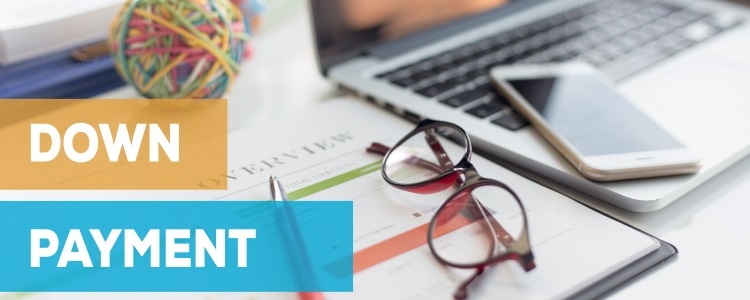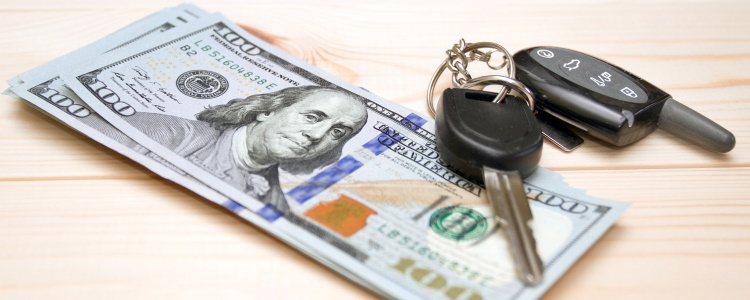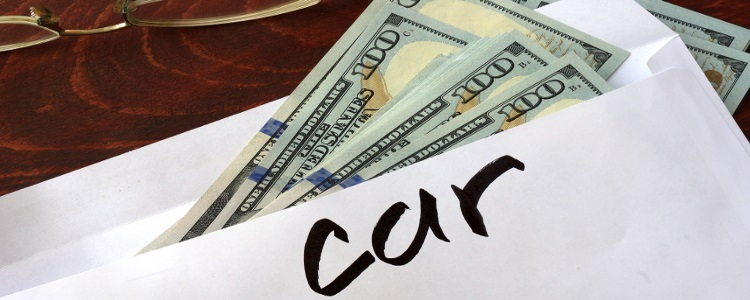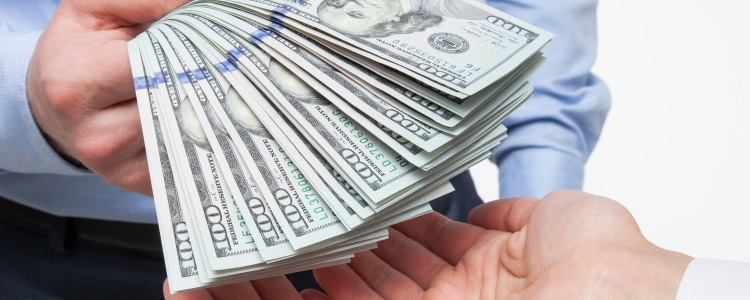It can be tempting to jump into the car buying process, but it can pay off in the long run to take a step back and really prepare for the task at hand. This can be especially true when it comes to saving up a down payment for a car. That said, what exactly does that down payment cover? We’ll explain where your money goes, and why it’s a big helping hand when you have poor credit and need a car.
Down Payments and Credit
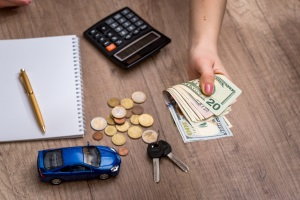 A down payment can be one of the best ways to help you with a car loan. When your credit is good, you’re more likely to qualify for low or no money down car loans than you would be with poor credit. Generally, lenders that finance borrowers with bad credit always require a down payment.
A down payment can be one of the best ways to help you with a car loan. When your credit is good, you’re more likely to qualify for low or no money down car loans than you would be with poor credit. Generally, lenders that finance borrowers with bad credit always require a down payment.
If you have a lower credit score, subprime lenders typically require a down payment of at least $1,000 or 10 percent of the vehicle's selling price, whichever is less. Being able to meet these requirements lets a lender know that you’re serious about successfully completing a car loan. The ability to save enough money to put down upfront goes a long way toward convincing a lender that you’ll be responsible with your loan payments.
An Ideal Down Payment Amount
Even though a lender may only require up to 10 percent of a vehicle’s selling price as a down payment, it’s a good idea to put down as much as you can. The typical recommended ideal amount is 20 percent. With this amount, you effectively reduce the principal (the amount you borrow) and the interest charges you pay over the term of your loan.
Another thing to keep in mind is that a significant down payment can offset the effects of depreciation – the decrease in vehicle value over time. The newer the vehicle, the more impact it typically has. This is why lenders sometimes recommend at least a 20 percent down payment on a new car, but usually only 10 percent on a used vehicle.
Down Payment Options
If you’ve started doing the math based on vehicles you’re interested in, don’t worry about gathering that much cash. Down payments can be cash, but they can also be trade-in equity, or a combination of both. This means that if you have a vehicle to trade in and you own it free and clear, you can apply its actual cash value (ACV) toward your next car.
If you don’t own a vehicle free and clear, you can still trade it in, you’ll just have to pay the loan balance first. So, if there’s equity in your vehicle, the dealer would call the lender for a 10-day payoff, and give you the difference to use toward another car. If there’s enough equity in your vehicle, you may not need any cash. But, depending on your situation, if a trade-in doesn’t cover your down payment requirement, you might need to add some additional money in order to reach the required amount.
Ready to Use Your Down Payment?
If you’ve been saving up, but don’t know where to go due to bad credit, put you money on us! Here at Auto Credit Express, we have a proven track record of connecting people like you to local special finance dealers that have the lending resources available to help you get financed.
You can get the process started today by simply filling out our easy online auto loan request form. There’s never any cost or obligation to buy. Click here to start the process of getting into your next car loan right now!
